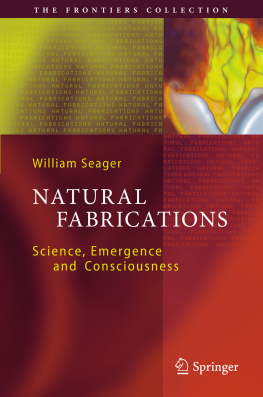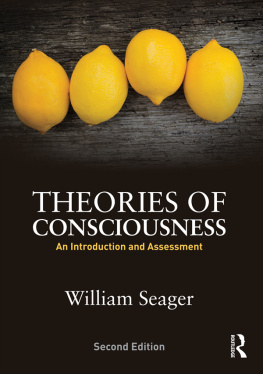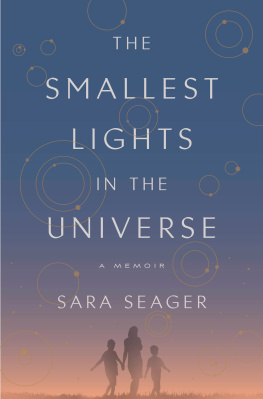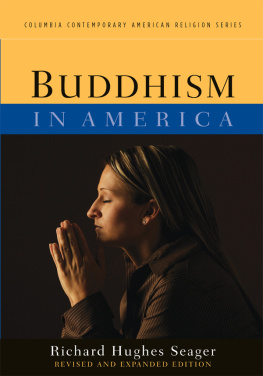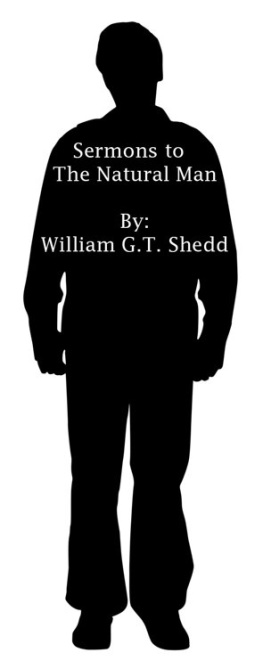William Seager The Frontiers Collection Natural Fabrications 2012 Science, Emergence and Consciousness 10.1007/978-3-642-29599-7_1 Springer-Verlag Berlin Heidelberg 2012
1. Overview
On the face of it, emergence is everywhere. At least, if by emergence we mean the ubiquitous fact that most things possess properties which their constituents lack, then emergence is everywhere. The simplicity of this conception masks a great deal of complexity however. There are many forms of emergence, some of which are most certainly present in our world while others are doubtful and clash with our best developed picture of the world. This book is about the nature of emergence, the scientific picture of the world and the ultimate question of whether and how consciousness fits into that picture.
The overall arc of argumentation of the book is quite straightforward. Part I aims to sketch the scientific picture of the world against which the entire argument is constructed. To some readers, the material in Part I will not be new. Readers familiar with this material or willing to grant the range, power and comprehensiveness of the scientific picture of the world should thus feel free to skim the first three chapters. But the point of Part I is not mainly to impart scientific information. It is rather to emphasize the fact that science has been astonishingly successful in constructing an account of the world which is comprehensive, unified and yet hierarchical. It is strange but little remarked that science has been so very successful in building deeply connected explanatory theories that appear to reveal a breathtaking unity in nature. These connections reach so deep and far that they are today beginning to encompass the most mysterious feature of the universe: consciousness. In every area of study we find anchor points linking emergent features to the fundamental constituents of our world. Throughout science there are rich interconnections which underpin ever more comprehensive explanatory projects. No permanent dead end has yet blocked our progress and everything seems to hang together remarkably well.
All this suggests a view of the worldone I hope readers find to be virtually commonsensewhich I call the scientific picture. According to this picture there are fundamental features of the world, which it is the province of physics to reveal, and then a vast and convoluted hierarchy of higher level entities, properties, processes and laws of nature. The scientific picture thus endorses emergence but of a particular kind, which I label conservative emergence. This kind of emergence has gone by many names: benign, weak, epistemological. Its core claim is that all emergent features are strictly and entirely determined by the nature and state of the fundamental physical constituents of the world. That is, any two worlds that were indistinguishable with respect to all their fundamental physical features, would necessarily be indistinguishable with respect to all their emergent features as well.
It is not obvious that the worlds emergence is all and only conservative. Other forms of emergence are perfectly conceivable. Many philosophers and scientists have held that conservative emergence is inadequate to accommodate the diversity, dynamics and organization of the world. I will call the main competitor to conservative emergence radical emergence (also known as strong or ontological emergence). Radical emergence denies that the state and nature of the physical fundamentals wholly and strictly determine, by their own nature, all the emergent features of the world. According to radical emergence, the world has some leeway as to its total structure in despite of its basic physical state. That is, any two worlds that were indistinguishable with respect to all their fundamental physical features, could nonetheless be distinguishable with respect to all their radically emergent features. The simplest way to conceive how radical emergence would work is to countenance the presence of laws of emergence which are not included in the correct theory of the physically fundamental. Such extra laws could then vary from world to world, leading to different sorts of emergent features.
Despite the clear distinction between conservative and radical emergence it is surprisingly easy to confuse them. The reason is that the conservative-radical distinction interacts with a second distinction which is of much greater practical importance to working scientists. This is the distinction between accessible, or intelligible, versus inaccessible explanatory structures. Roughly speaking, conservative emergence coupled with accessible explanations of the emergents is reduction. Since reduction is composed of two distinct components it is possible for reductionism to fail even if conservative emergence exhausts all the emergence there is in the world. Many examples of complex systems can be found where there is no doubt that the emergent level is conservative, but there is no hope of explaining or predicting what is happening at that level in terms of lower levels. The simplest example is that of cellular automata, which will be discussed in Chap..
Of course, the big question is: is there any radical emergence in the world? Part I of this book assembles a tiny fragment of the vast amount of indirect empirical evidence we have that suggests not. If there is radical emergence, it seems to be very reluctant to reveal itself.
Part II begins with more theoretical arguments for the conclusion that conservative emergence is all we need within the confines of the scientific picture of the world. The general concept of emergence is sharpened by an examination of the perfect imaginary playground: John Conways game of life. Radical and conservative emergence can be precisely defined in this domain. The general application of cellular automata to the problem of emergence opens up further vistas, all the way to the speculative possibility of digital physics. If the world is digital we can derive something close to a definitive proof that conservative emergence is the only kind of emergence at work in the world.
Chapter attempts to undercut arguments in favour of radical emergence more directly, and via a more conventional route. Although some have argued that chaos in dynamical systems supports the existence of radical emergence I find insufficient support for this claim. Without doubt, classical dynamical systems exhibit emergence but conservative emergence seems sufficient to account for it. An important point, which recurs throughout the book, is that the claim that conservative emergence exhausts emergence does not imply any strong reductionist conclusions. Strong reductionism entails that the reduced theory can by jettisoned in favour of the reducing theory in explanatory contexts. In fact, this is seldom if ever true and the discussion of emergence and chaos shows why. Issues of complexity, limits of measurement accuracy and questions of system scale intelligibility all imply that reference to emergent features is indispensable for successful explanation, prediction and understanding.
But this vitally important aspect of emergence is entirely compatible with conservative emergence. Chapter ends with a discussion of the issue of whether quantum mechanics introduces such a deep change in our understanding of nature that it mandates acceptance of some form of radical emergence. Again, I think not. QM undeniably introduces new features, most especially the superposition principle and entanglement, which force modifications to our conception of emergence. But I argue that quantum emergence remains within the domain of conservative emergence.

